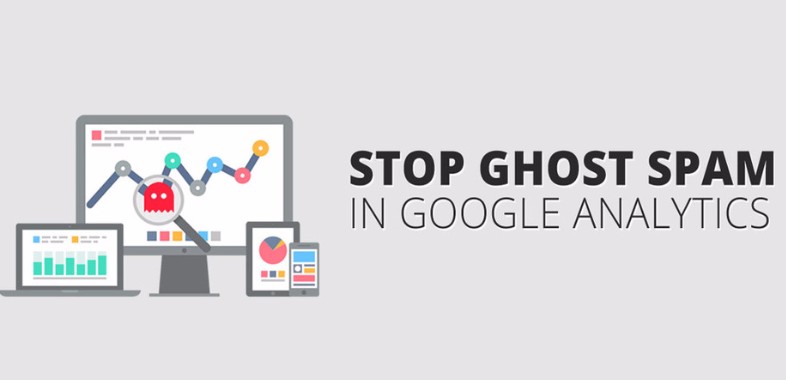No More Worries About Referral Spam! Semalt Expert Knows How To Remove It From Google Analytics

For every internet user, spam is a common issue which presents a dangerous affair on your website. For instance, many people receive emails from unknown senders, which mostly are behind a cyber-attack. The problem gets worse when these spammers target people with websites. In most cases, you may experience some referral spam, where you experience some ghost traffic from places whose credibility is questionable. Fake traffic from referral spam do not convert and leads to an instant detection. Spammers have sophisticated tools as well as adequate SEO skills to get their motives right.
Google Analytics marks traffic as fake by how fast or the extent to which you interact with a web page. Spammers have the capability of making a false online presence, which can make them indistinguishable from real traffic. They can make fake page views, fake promotions, events, transaction track data as well as a fake social media presence. Most of these spams happen on a Google Analytics page with the hostname missing so that they can switch to a new one every time.
Michael Brown, the Customer Success Manager of Semalt Digital Services, gives an insight into some tips on how to combat referral spam and fake traffic.

Fake traffic
Most spam bots target at making a website gain a lot of traffic as well as making the site increase the number of views. As a result, some people can benefit from this fake traffic. For example, most affiliate websites require traffic directly. This effect can make the future clients consider making a purchase on the internet site with many views or customers. Furthermore, traffic brings a sense of credibility, the heart of making an online conversion.
Some tips to avoid referral spam
Bots are software's which are very accurate and fast in making repetitive tasks over the web. They can perform some automated tasks on a website just like humans. In other words, bots are small robots which can do some good tasks such as indexing website content o search engines. However, hackers still use these bots to execute their ill intentions such as:
- Faking comments and views
- Harvesting emails from a website
- Creating fake user accounts
- Fraud likes making a competitor's site reputation end
You should use advanced bot filters to get these away from your username. In some cases, users can encrypt their admin panel as well as other important vulnerable parts of a website. It is also important to sensitize your clients on some standard referral spam attacks. You can save them from many harmful effects which successful spammers can use to succeed.

Conclusion
There are many online people with ill intentions out there who target nearly every website user. For people owning sites, spammers and hackers can make contact with a vulnerable victim and steal valuable data. Google Analytics can be able to detect and eliminate some of these cases of referral spam. Spam contains links with malicious intentions as well as Trojans and viruses within their attachments. Some of them can hack the admin panel and steal valuable data like customer credit card information. You can avoid spam using this guide. The security of your website can remain tight as well as make your site clean and free from hackers.